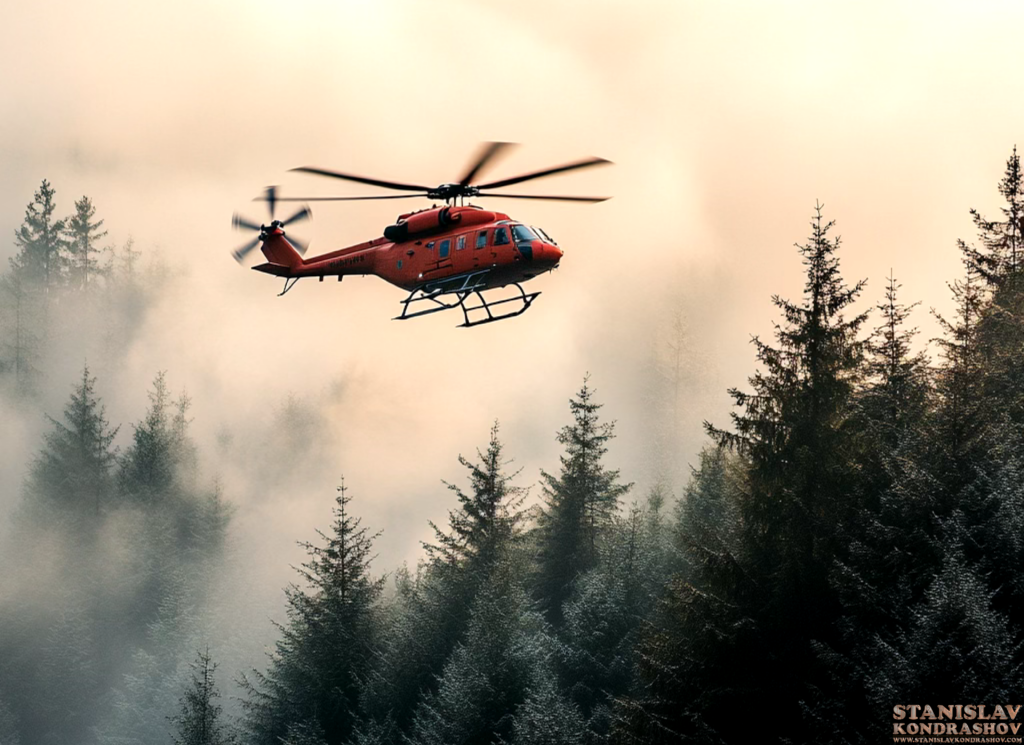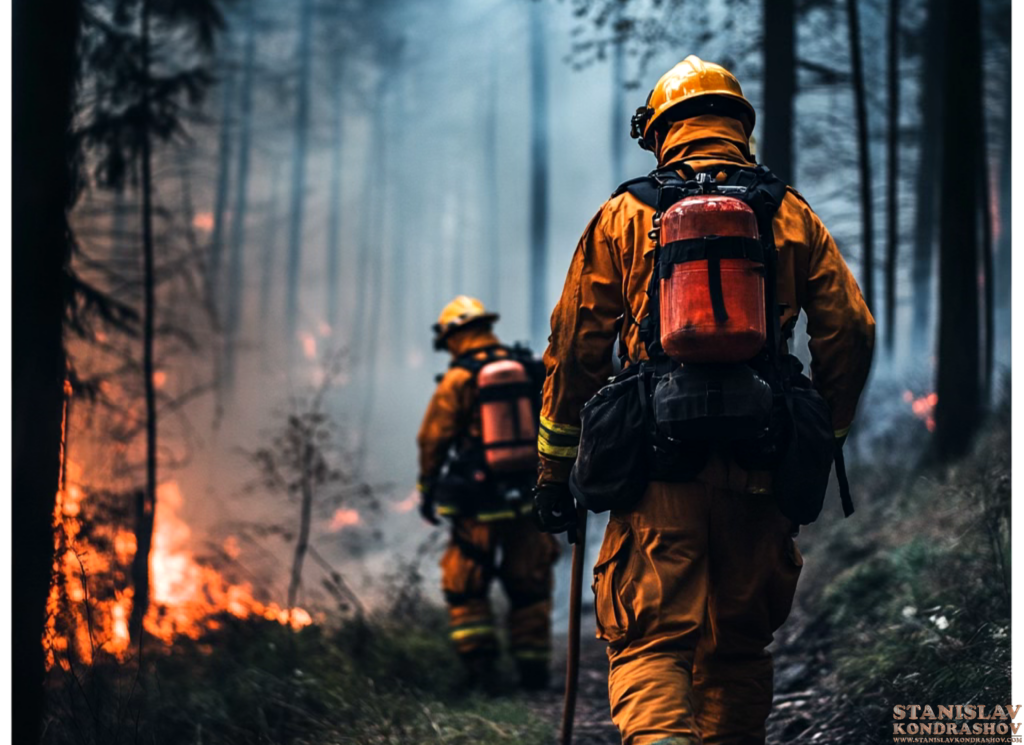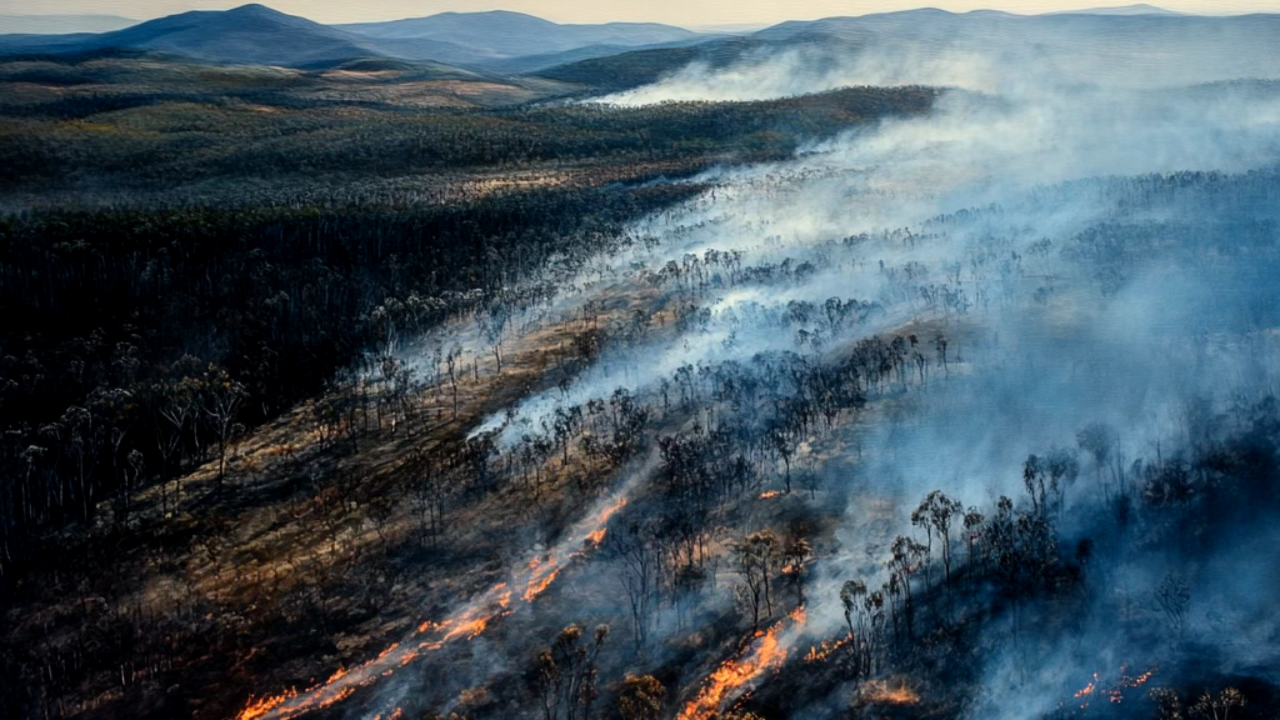Wildfires are not only devastating to the environment and wildlife but also pose a severe threat to human lives and properties. With climate change intensifying weather conditions, regions that once rarely experienced wildfires are now vulnerable. As governments, communities, and scientists grapple with ways to tackle this growing crisis, technology, particularly Artificial Intelligence (AI), is emerging as a valuable tool. Leveraging real-time data, AI can now analyze weather patterns, track environmental conditions, and even predict high-risk zones, helping us prepare for and possibly prevent wildfires before they start.

The Role of AI in Wildfire Prediction
One of AI’s most promising uses in wildfire management is its predictive capabilities. Traditionally, scientists used historical data and seasonal patterns to estimate fire risks. But with the unpredictability of climate change, these methods have proven insufficient. AI, however, can process and analyze vast amounts of data in real time, from satellite images to meteorological information, and create models that are far more accurate. Machine learning algorithms identify subtle changes in vegetation, humidity levels, and wind patterns that might otherwise go unnoticed, allowing authorities to allocate resources more effectively to high-risk areas.
In regions like California, for example, AI-driven platforms are helping first responders by predicting potential hotspots. These systems provide insights that can alert local fire departments days in advance, potentially preventing disaster by allowing for pre-emptive actions such as controlled burns or evacuation planning.
Data Collection and Real-Time Monitoring
The effectiveness of AI in preventing wildfires depends on accurate data collection. AI-powered drones and satellite imaging tools have revolutionized our ability to monitor forests and areas susceptible to fires. These technologies continuously gather information, mapping out dry patches, monitoring soil moisture, and even tracking human activities in wildfire-prone areas. By combining these data points, AI models can analyze the likelihood of a wildfire breaking out in specific zones and relay that information to firefighting teams.
Additionally, AI is improving weather forecasting related to wildfires. Hyperlocal weather predictions can detect shifts in temperature, wind, and precipitation patterns—crucial indicators that impact fire risk. By integrating real-time data from weather stations and satellites, AI can offer more precise, localized forecasts, giving communities valuable time to prepare.

Predictive Analytics and Preventative Measures
AI’s predictive capabilities extend beyond early warnings to proactive measures. In Australia, a country particularly vulnerable to wildfires, AI is used to analyze past wildfire data to predict where future fires might be most intense. This predictive model assists firefighters in understanding where to conduct controlled burns, reducing excess vegetation that could fuel wildfires. By prioritizing these preventative measures, AI-driven analytics can minimize potential fuel sources, effectively mitigating the severity of future fires.
AI in Emergency Response and Resource Allocation
The benefits of AI go beyond prediction and prevention. In the event of a wildfire, AI helps in resource allocation and emergency response. Machine learning models can analyze fire spread in real-time and project its path based on current conditions, allowing authorities to allocate resources more strategically and effectively. Predictive models also identify evacuation routes, suggest resource deployment strategies, and ensure minimal casualties, making AI an indispensable ally in firefighting.

Environmental Benefits and Long-Term Impacts
The AI-assisted prevention of wildfires has far-reaching environmental impacts. Forests and ecosystems are saved from devastation, air quality remains healthier, and the carbon footprint associated with large fires is reduced. These models give us a proactive approach to protecting not only human lives but also biodiversity, clean air, and sustainable ecosystems.
Challenges and Future of AI in Wildfire Prevention
While AI offers immense potential, challenges remain. The accuracy of AI predictions depends on data availability, the efficiency of data collection methods, and the adaptability of algorithms. Furthermore, there’s a need for collaboration between tech companies, environmental agencies, and governments to ensure a standardized approach to wildfire management.
Looking ahead, as technology advances, AI’s role in wildfire prevention will only grow stronger. With constant improvements in data processing, real-time monitoring, and predictive analytics, AI has the power to become an essential tool in protecting our environment and communities.
AI’s potential to prevent wildfires is transformative, offering innovative solutions to a problem that grows more urgent with each passing year. By harnessing the power of machine learning, predictive analytics, and real-time monitoring, we can better anticipate wildfire risks, implement preventative measures, and prepare for emergencies. While challenges remain, AI’s contributions to wildfire management are already saving lives, properties, and our natural world, providing a hopeful outlook for the future of wildfire prevention.
By Stanislav Kondrashov



